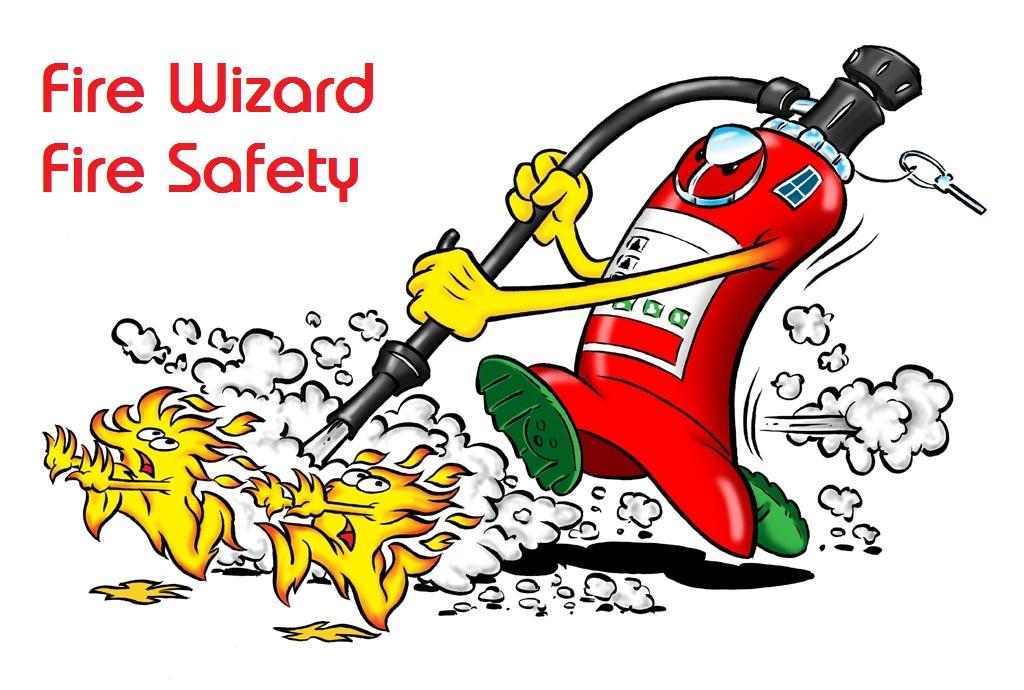-
Posts
2,707 -
Joined
-
Last visited
Everything posted by AnthonyB
-
You might have to go through Building Regulations for the doorway. Who owns the road? If not you, then the door may be pointless as you may not automatically have a right of access onto the land.
-

Does my main entrance door need to be automatically self closing
AnthonyB replied to Jemina's topic in Evacuation Plans
If this is the door to the outside then no, not unless by some strange chance and external escape stair passes close to/in front of it. -
What is the layout on the upper floors?
-
The Building Regulations relate to new builds - there will be plenty of legacy buildings that, although to the standards of the time they were built, may not meet current standards. Building Regulations are not retrospective and the Provision of Access and Facilities for the Fire Service is outside the scope of the Fire Safety Order, other than in respect to the maintenance of such facilities if they have been provided under other legislation so it's not unreasonable for this not to appear in an FRA. The fire service is legally responsible for collecting risk data (usually by local crew visits) affecting their tactics although as a lower risk building you probably haven't had a visit. It's not a matter you have to worry about, although if you have concerns you can always contact the fire service.
-
When was it built? It is possible for small blocks of flats in the configuration you have drawn to have the flats directly off the stair landing - there has been a relaxation allowing this in Building Regulations for decades.
-
Contact the Building Safety Regulator - ultimately they have the final say.
-
Entirely down to the premises and it's risk assessment. It's possible to justify leaving them active during the investigation phase, especially as in all but the smallest buildings you won't have time to investigate before any delay trips over to stage 2 if you don't have a lift.
-

Potential blocking of fire exit route by cupboard door
AnthonyB replied to RussellR's topic in Fire Safety in Village Halls
It does sound like the exits from the kitchen are just for the kitchen and not reliant for escape from other areas - it would help if I could see a floorplan sketch. -
Metro Safety have been doing this for nearly 30 years and were the first organisation to have it as a key offering. Their testing staff usually did weekly fire alarm tests, monthly emergency lighting testing & fire drills with more complex services such as servicing and repair sub contracted out in their early days. It's a long time since I had their prices, but they weren't cheap! https://www.metrosafety.co.uk/services/fire-safety/fire-alarm-testing
-
Why did your flats have a fire alarm system fitted in the first place as they are not normally required other in the form of detectors to operate smoke vents. It's not up to your fire alarm company to tell you what to do (as it often ends up way above what is needed) but your Fire Risk Assessment - if a truly competent person has carried it out they would state what you do and don't need. Usually in flats you need one of two systems: Detectors (no sounders or call points) to stairs and corridors to operate smoke vents where 'Stay Put' is in use. Detectors, call points and sounders to common areas and a detector and sounder in each flat hallway to raise the alarm where 'full evacuate' is in use In certain small stay put blocks where the smoke control is manual not automatic you don't need any fire alarm at all - even if you build it today under current regulations. A lot of flat blocks were mis-sold or mis specified audible common area only systems which won't wake sleeping occupants and because they only go off when the stairways are already affected by fire or smoke can (& have) drawn other occupants who did hear it to their deaths.
-
It's a brave person that tampers with an electrical fitting and changes it from it's OEM specification and certification. In theory you could try and justify this and have, for example, weekly testing instead of monthly, it's been successfully done for other fire related systems - but this was just altering the testing not the equipment.
- 17 replies
-
- emergency lighting
- hotel
-
(and 1 more)
Tagged with:
-
Without carrying out the Fire Risk Assessment and thus being able to take all the risks, layout & other precautions into account it's impossible to say. My first concern would be if that is even a fire rated door in the first place - a closer and a sticker does not a fire door make....
-

Replacing Fire Doors in a Multi-Story Office Building
AnthonyB replied to Jack.R's topic in Fire Doors and Accessories
Unfortunately a lot of people have jumped on the bandwagon and only done a short course, some of the 'accreditations' are awarded by the company providing the courses rather than a real qualification and you see lots of reports resulting in excessive work or incorrect assessment. There is nothing wrong with a certified door where the intumescent is concealed behind the lipping as long as it is in otherwise good order - the most upgrading it may need is a cold smoke seal depending on the location of the door and overall risk assessment for which surface mounted retrofit smoke seals (without intumescent) are available. -
These internal closers are to the correct standard https://www.safelincs.co.uk/perko-powermatic-concealed-door-closer/?sku=SHR100SCP&fGB=true https://www.safelincs.co.uk/astra-3003-series-concealed-door-closers/?sku=FCAST3SS&fGB=true&gclid=Cj0KCQjwgYSTBhDKARIsAB8Kukv73fyww2nh1wBSzIbDlA0JZ27hi6wdRkl2SMkiKTX-nxSelizcjvIaAmpJEALw_wcB
-
Building Regulations are not retrospective and the flat interior is not covered by the Fire Safety Order so you need not change anything. If you were completely remodelling the interior layout you might have an issue where extra measures may be required.
-
If you mean the LED that indicates there is a mains supply entering the fitting and the battery charger is active then it's not an individual part - you need a new fitting.
-
Depends on the location of the exit and any external escape routes passing it, but it's possible most of the time.
-
Is there an external stair adjacent? Is the walkway only allowing escape in one direction so you have to pass the door? Is the walkway narrow so you have to pass by the door or within a metre of it so there would be no avoiding any smoke/flame/heat? If the answer to any of these is yes then the external door should be a self closing fire door.
-
There's nothing to stop a fire exit route being used as a normal access route from a fire safety legislative point of view as long as it remains clear of obstruction, free from combustibles (usually if indoors), and readily available for use. It shouldn't be bolted if a dedicated fire route - I think the resident is using all this as an excuse to keep the area to themselves.
-
It doesn't sound healthy! I'd want that checked by an electrician.
-
Generally yes, but like with purpose built flats it depends on the size and layout - it's not an across the board approach and certain scenarios, even in purpose built, still require upgrade or replacement of doors.
-
That's a drop over 300mm so the creation of the drop doesn't comply with Building Regulations, would breach the Workplace (Health Safety & Welfare) Regulations and will get the no win no fee compensation lawyers lining up to take the case when someone falls off it! Hardly a safe means of escape either.
-

Existing Dwellings protected stairway enclosure
AnthonyB replied to Kevin99's topic in Fire Risk Assessments
You are using the incorrect guidance - BS9999 is not for flats and is for designing new non domestic buildings. Blocks of flats have far more onerous smoke control requirements due to their fire strategy being of stay put. Existing flats should be assessed to this guide (& then it's impending replacement) https://assets.publishing.service.gov.uk/government/uploads/system/uploads/attachment_data/file/1020410/Fire_Safety_in_Purpose_Built_Blocks_of_Flats_Guide.pdf

